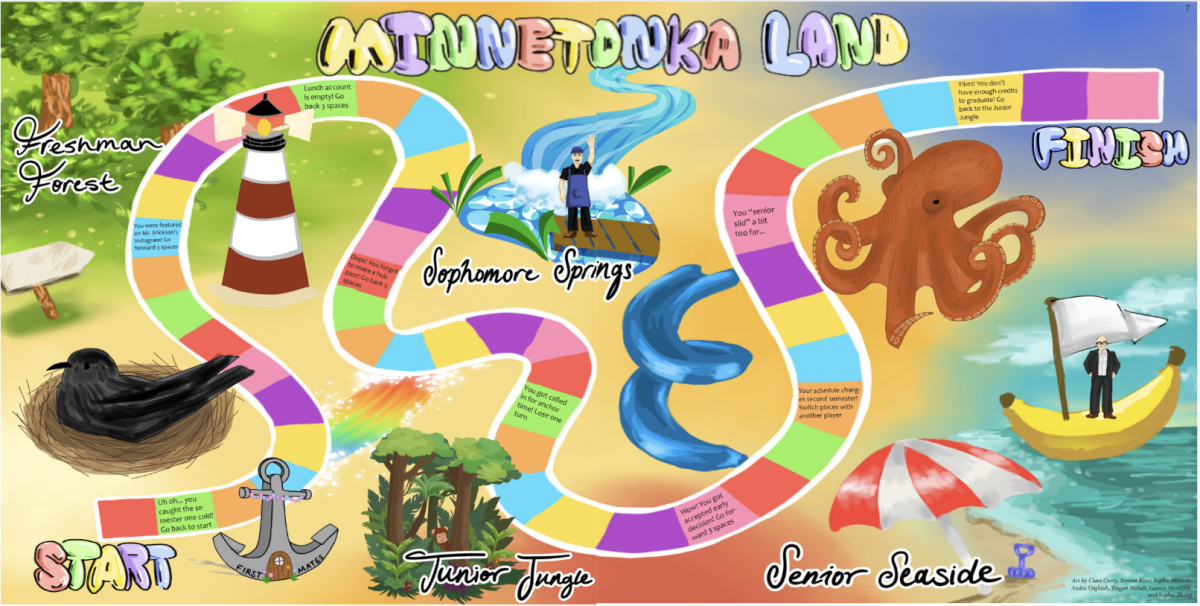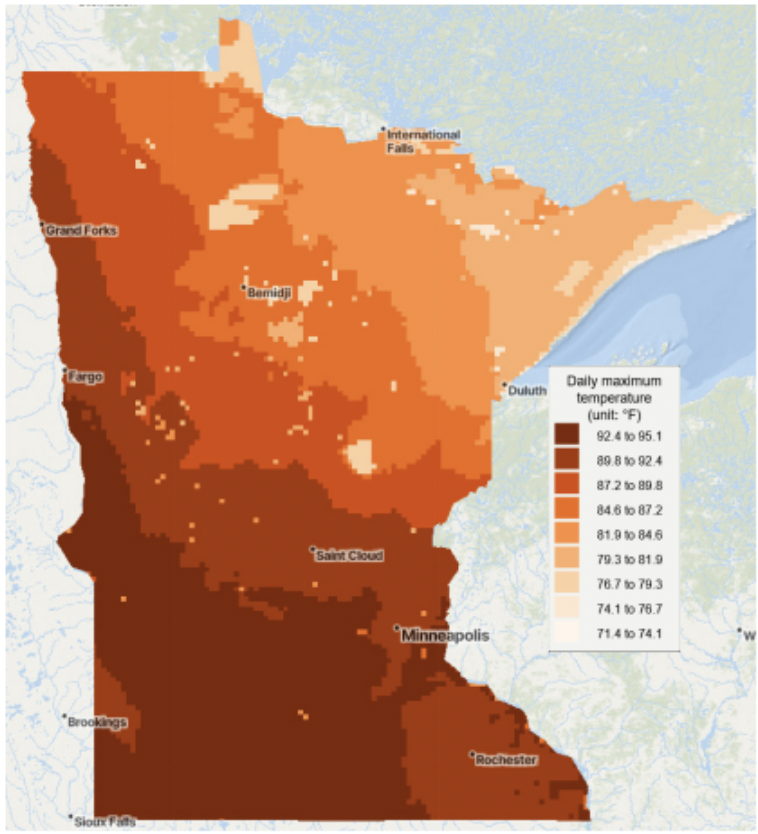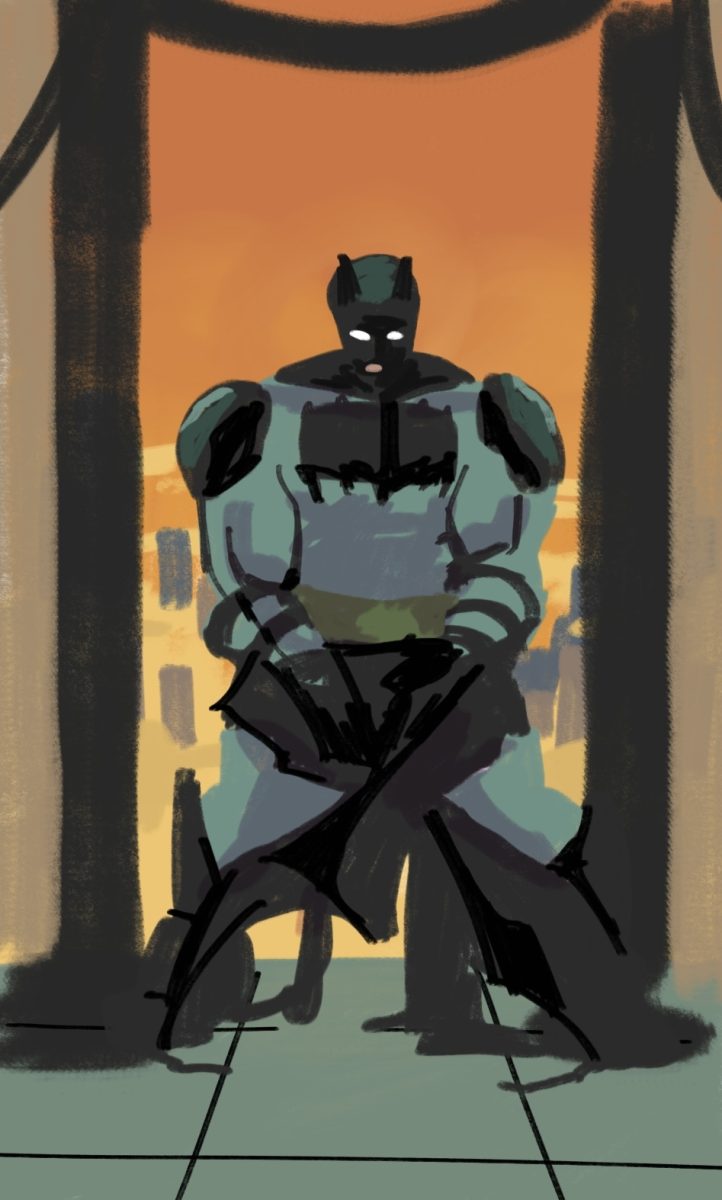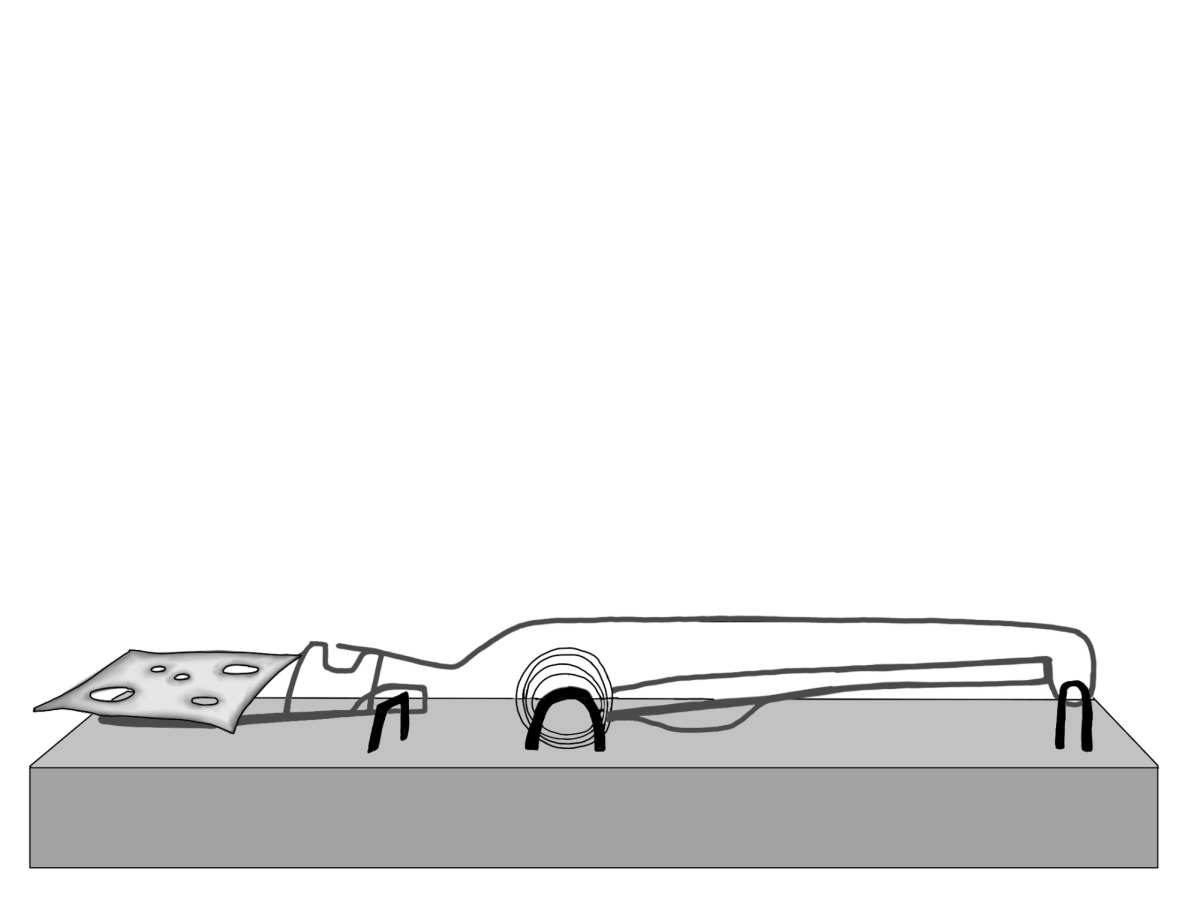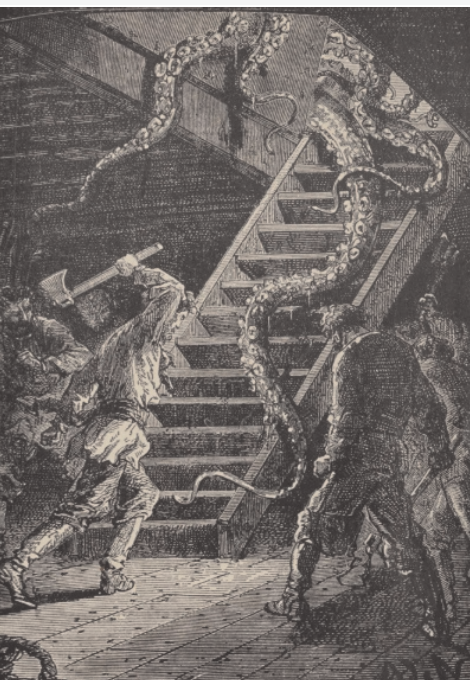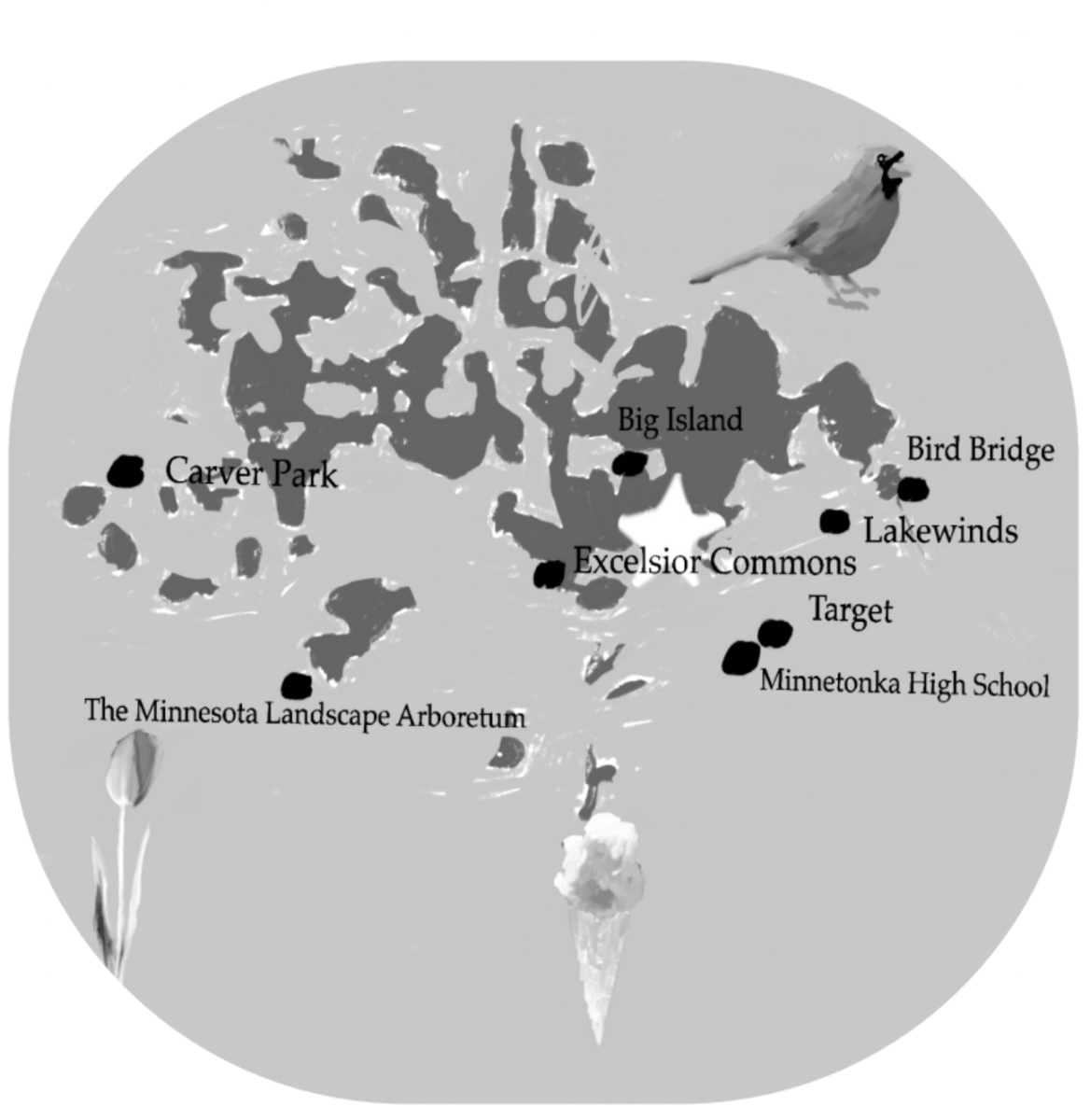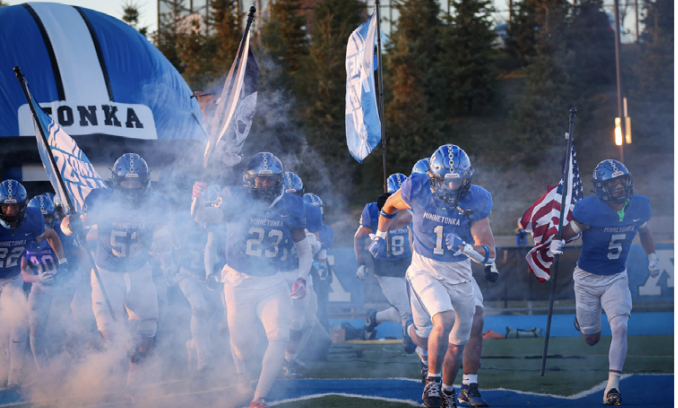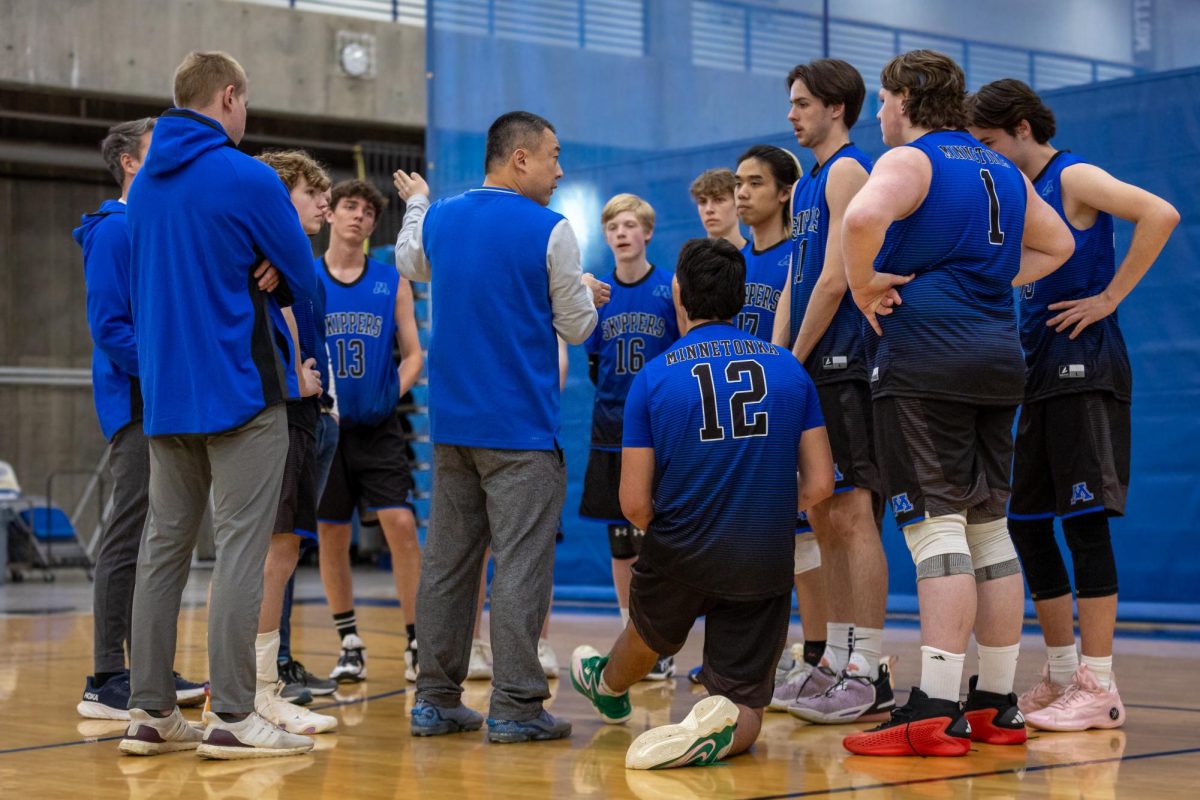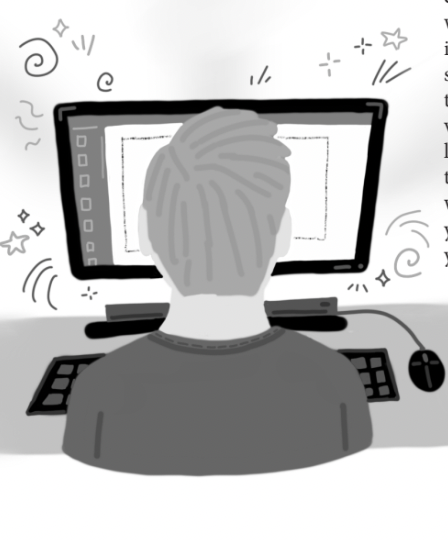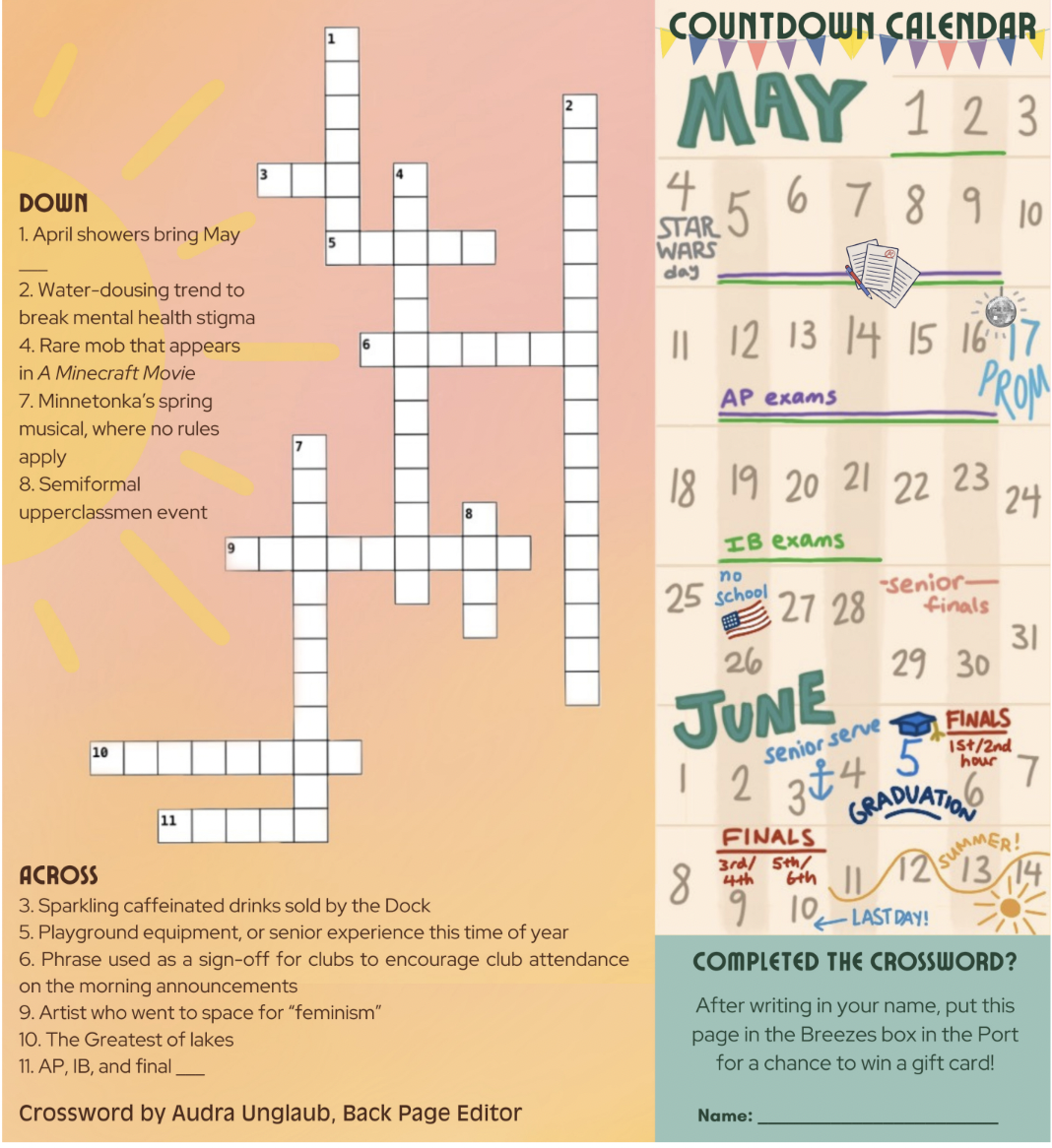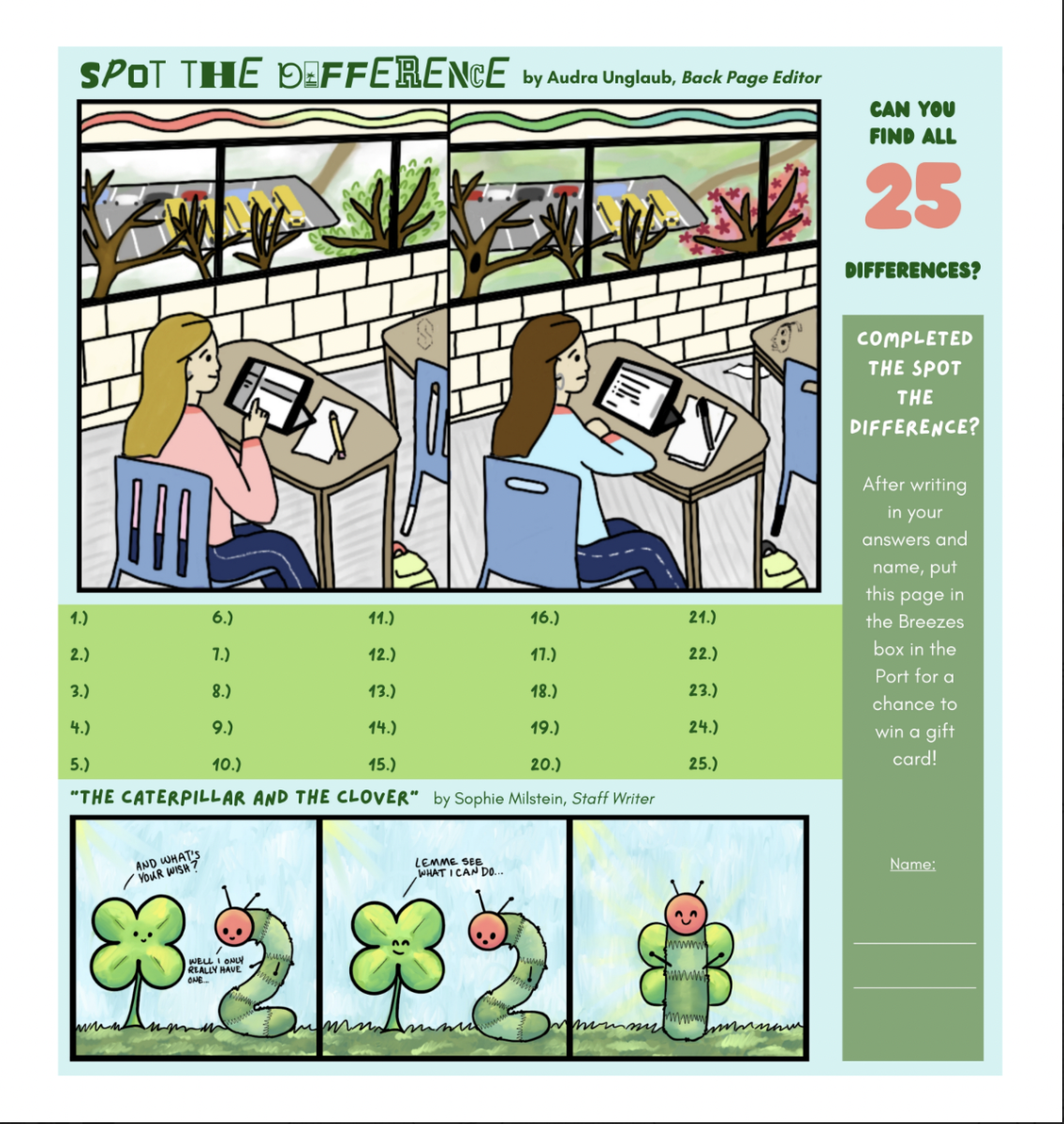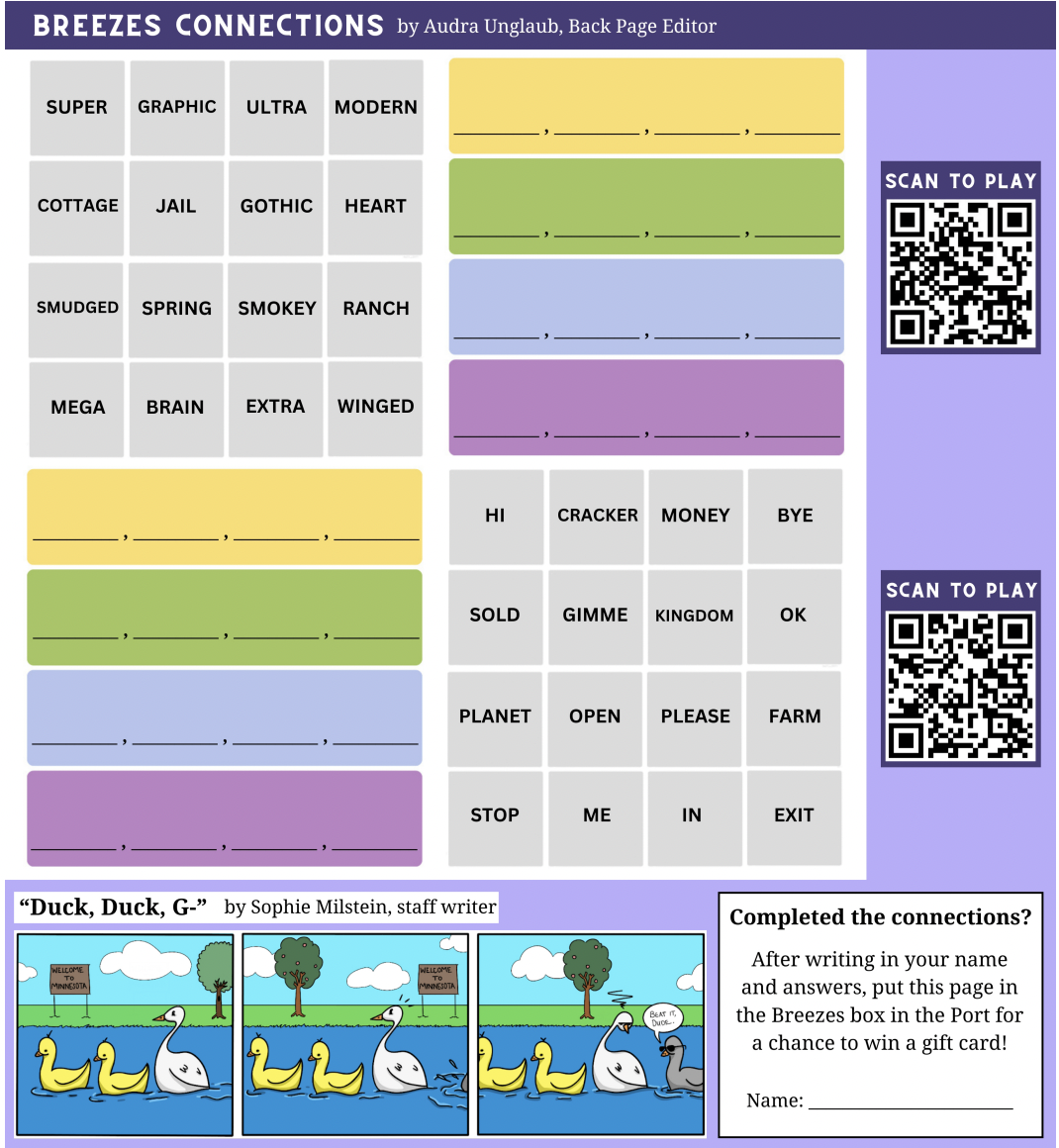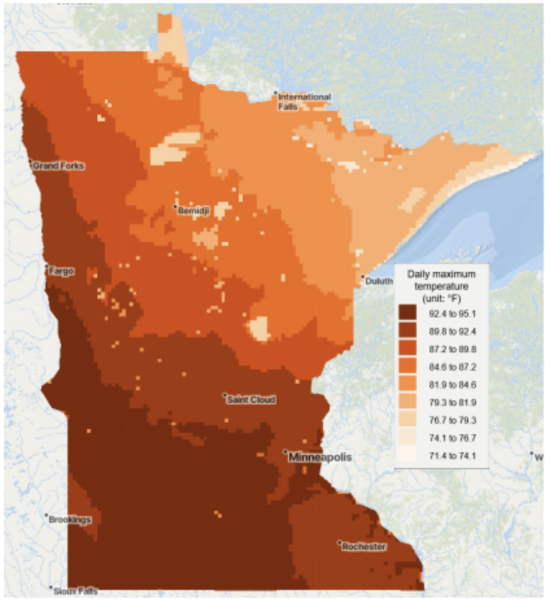Give me your bitcoins: the changing face of bullying
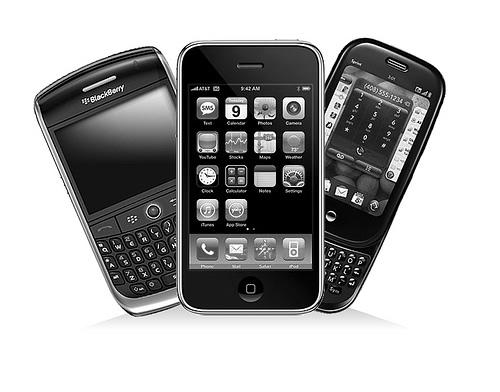
Many have heard of Reid Sagehorn, a student at Elk River high school whose inappropriate two-word tweet regarding a female teacher resulted in his suspension. As a captain of the football and basketball teams and member of the National Honor Society, such an easy, thoughtless act had immense consequences. This case is by no means a stand alone occurrence as Facebook and other social media websites that make the life of high school student more enjoyable are becoming readily abused.
The fact that it is so much easier to inflict damage from behind a keyboard instead of to someone’s face has led to a cyberbullying epidemic in high schools around the world.This phenomenon (the tormenting, embarrassing, harassing, and threatening of someone via the internet), is often referred to as cyberbullying. It might not seem to be an apparent issue, but friendships and lives can be ruined with only a few keystrokes. With schools stiffening their policies on bullying on school grounds, the question of school involvement in social media becomes an increasingly larger debate, one that raises controversy.
Minnetonka High School currently has a policy stating that a person shall not use the District’s electronic devices to knowingly or recklessly post, transmit, or distribute false or defamatory information about a person or organization, to harass another person, or to engage in personal, prejudicial or discriminatory attacks. However, it says nothing about the use of personal electronic devices. As it’s nearly impossible to know if someone has posted something from a school-issued iPad or on a personal computer, abuse of power can occur easily.
I personally think that the school’s current policy is adequate for its needs, especially considering the consequences cyberbullying can have on its victim. Nearly 43% of students have been bullied online, but only 1 in 10 victims will report their abuse to a trusted adult. In extreme cases, cyberbullying can even lead to teen suicide. Therefore, is it the school’s duty to regulate and become involved in the online social environment of its students? Minnetonka doesn’t and can’t have the manpower to monitor everything that is said on the internet. However, the school should have the right to control how students use school property. In the end, it comes down to personal responsibility when using technology to communicate. When you post something on the internet, it can never be erased.





